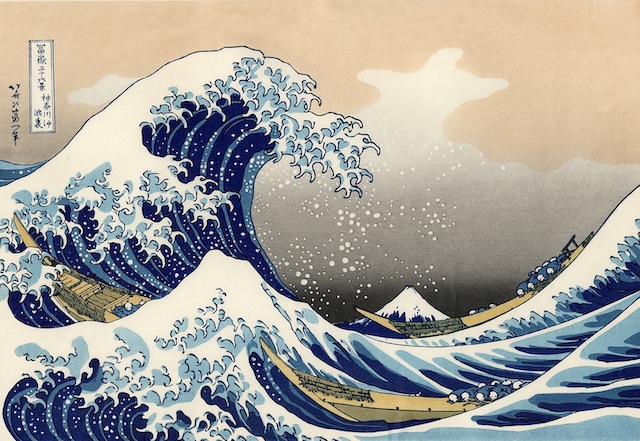A Very Special Setsubun Observance This Year
Setsubun, literally meaning “seasonal division,” is a very popular festival to mark the end of winter and the beginning of spring (Risshun) according to the Japanese lunar calendar. It is a very special Japanese observance this year for two reasons.
First, usually held on February 3, it will take place on February 2 for first time since 1897!
Second, we are in the midst of a sad and tragic Covid-19 pandemic. According to beliefs and tradition, Setsubun is an opportunity to get rid of the evil demon spirits that are responsible for sickness and other misfortunes.
Japan has a rich history and a deep-rooted culture that has many religious, superstitious and spiritual aspects. The Festival of Setsubun illustrates some unique rituals, customs and traditions.
So, if throwing beans, decorating your home with a sardine head and eating an oversize sushi roll while facing in a certain direction will welcome spring, protect us, help end the pandemic and bring good luck, I am ready for another fun and somewhat bizarre Japanese cultural experience.
For those who are unfamiliar with Setsubun or do not observe the festival, here is a brief guide that highlights its three most significant elements:

Bean Throwing Ceremony –– Mame-maki
Mame-maki is the ritual to chase away the evil spirit (oni) and keep a healthy environment in the home. It literally means bean-scattering but given that the word mame (bean) is homophone to another word meaning “destroying evil” the term Mamemaki defines the ceremony.
As a tradition in a family or gathering of friends, the oldest person wears a demon’s mask and the rest start throwing roasted soybeans (daizu) at him shouting “Oni wa soto!, Fuku wa Utsi!” (Demons out!, Good fortune in!). When they chase the demon out of the house they slam the door shut.
The soybeans are then gathered from the floor (it is considered unlucky if a bean is forgotten) and everyone then must eat a number of beans (plus one) that corresponds to his/her age to receive good health during the upcoming year.
Smelly Fish –– Hiiragi Iwashi
According to common belief, the oni do not like smelly fish and they are afraid of the sharp leaves of holly sprig which can point out their eyeballs. Based on an old custom of burning dried sardine heads in ceremonies accompanied by drums, some people today decorate the entrance of their houses with baked sardine’s heads together with the holly sprig.
An Oversized Sushi Roll –– Ehomaki
The distinctive food of Setsubun is ehomaki, a special thick rolled made out of 7 ingredients that represent the seven deities of good fortune. This Setsubun custom involves both how the roll is made and the unique manner in which it is to be eaten.
There are no set rules on what kind of ingredients one can use, however regardless of the type of ingredients their number should always be seven wrapped with rice and seaweed and rolled tight in order to keep the elements of prosperity, good health, and happiness closed in. The bigger the roll, the better!
One must then eat the entire roll as a whole, in silence, using both hands, and making a wish for good health and happiness for the upcoming spring and year while facing in a specified “lucky direction.”
Eho, which means “lucky direction” in English, refers to the direction in which Toshitokujin, the God of Fortune for the year, is facing and thus explains why you eat ehomaki facing that direction. The lucky direction changes every year and for 2021 is south-southeast.
I have always enjoyed the Setsubun experience. By far, my most favorite Setsubun memory involves not life in Japan but in Orono Maine while teaching at the University of Maine Business School.
One year I gathered a group of faculty, staff and graduate students in my office for the experience. I provided the soybeans, Ehomaki Keiko made, bottles of sake and an Oni mask. As the oldest, I explained and performed the Setsubun ceremony. A great and memorable time was had by all!

